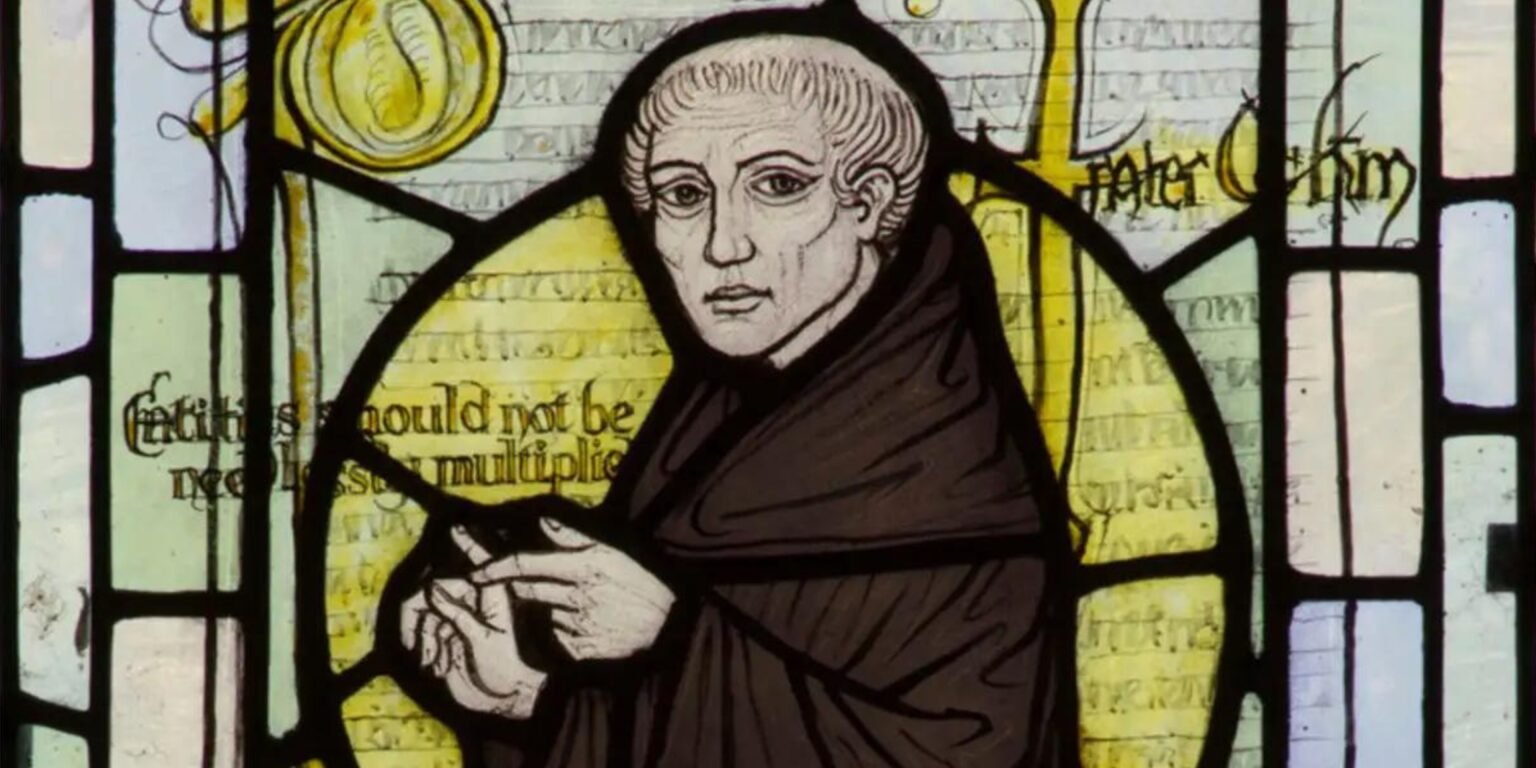Your grass is wet when you wake up in the morning. You’re probably more inclined to blame it on dew or rain than on a massive. Sentient ice cube with legs that trampled through your neighbourhood. And left a water trail in its wake. Our preference is for straightforward explanations. Over-superfluous complexity is really based on a philosophical concept. This is known as Occam’s Razor, despite it all being obvious. The idea is known as Occam’s razor, which is credited to the Franciscan theologian. And philosopher William of Ockham in the Middle Ages. Frequently applied in a variety of fields Moreover including string theory in physics. And the interpretation of sacred writings. The general concept is a simpler hypothesis. is preferable to a more complex one when all other factors appear to be equal.
What is The Theory All About
Occam’s razor is a theory that states that you should choose the simpler explanation of phenomena. There are two competing theories, and it is frequently credited to the 14th-century monk William of Ockham. Philosophers typically understand Occam’s razor in terms of two types of simplicity: ontological and syntactic. A theory is said to be elegant if it is syntactically simple. which indicates that it condenses and makes fewer assumptions than other theories.
On the other hand, ontological parsimony describes the object. More precisely, the object’s simplicity as a phenomenon—that a theory is attempting to explain. Occam’s razor frequently used in defence of physicalists. The idea that everything, including our mental state, can reduce to physical objects, processes, or their properties. In discussions centred on the philosophy of mind. Unlike physicalism, dualism asserts that there are two separate components to reality: mind and matter.
When And How it Developed?
Many others have developed similar rules before. and after the friar, such as Albert Einstein and Isaac Newton. However, Ockham generally credited with coining the principle. (using a different spelling of the village where he raised). because he applied it so shrewdly to assert, among other things. that “God’s existence cannot deduced by reason alone.”
Physical existence, the purpose of physicalism, needs a single thing, as opposed to the two entities required by dualism. This makes physicalism an example of ontological parsimony. But because physicalism forces us to think of what at first glance appear to be two fundamental types of phenomena. Ultimately belonging to a single kind. it can also seen as more sophisticated and hence less beautiful than dualism. Therefore, dualism might considered the simpler idea in terms of syntactic simplicity. Some detractors of Occam’s razor contend that the concept too interpretation-based. To be of any help because it may used to support a number of contradictory ideas.
The Heliocentric Model
Theoretical physics one of the domains where Occam’s razor recognised for heavily utilised. Galileo Galilei, who contended that a heliocentric model. of the universe was more likely than Ptolemy’s geocentric model due to its relative simplicity. was one of the most famous scientists in physics to use the idea. The idea that all matter and space filled with an undefinable. Invisible medium that allows electromagnetic waves to move put. Forth by ether theories. However, in current physics, this idea has abandoned in favour of special relativity. which appears to be simpler because it does not call for an unseen medium. However. a theory’s simplicity does not guarantee its veracity. It may construed in a variety of ways and is frequently employed to support more antiquated, debunked notions.
It is possible to see the quest for a “theory of everything” as just another example. Of how scientists have applied Occam’s razor. to create sophisticated explanations of the natural world. This theory is supposed to explain and predict every physical phenomena without contradiction. Many, nevertheless, think that this endeavour imisplaced. Opponents of Occam’s razor in physics point out that it is impossible. to simplify and systematise all natural processes. and that doing so runs the danger of abandoning accuracy. The spherical cow is a joke among theoretical physicists. the joke goes that in many equations, scientists’ eagerness to simplify things. causes the physical dimensions of a cow to equal those of a sphere.
Conclusion
The idea applies to many branches of logic and science. For example, if two computer programmes do the same task. The shorter program which has less code that might go wrong—is probably better. If a patient comes to your office complaining of a clogged nose. chances are they have a typical cold rather than an uncommon immune system condition. It’s sometimes said to medical students, “When you hear hoof beats, think horses, not zebras.” Otherwise said, “Keep it simple, stupid,” as the US Navy’s KISS design concept puts it.
It can compared to elementary probability theory. There is a probability associated with everything. As a result, every assumption you include in your theory expands the potential for mistake. Moreover, an assumption that doesn’t boost the correctness. of your theory will just raise the likelihood that it is incorrect.
But it’s crucial to understand that Occam’s razor is more of a logical principle than a set of rules. It does not advocate simplifying, and the more complicated hypothes. is ought to chosen if one exists that better explains the data. In science, the empirical data is always going to prevail.

